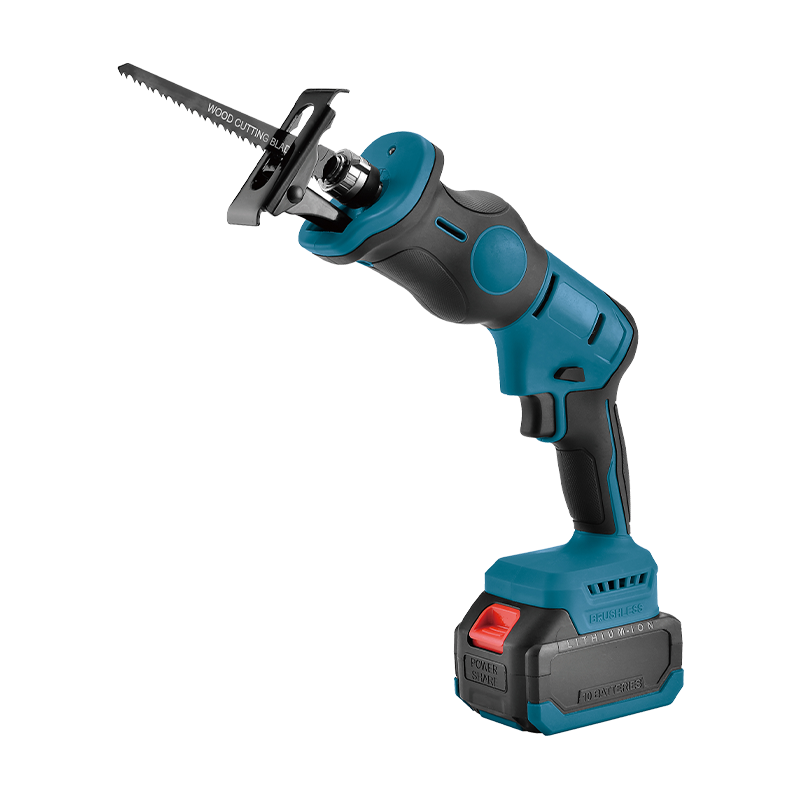 2025.10.10
2025.10.10
 Industry News
Industry News
The introduction of the lithium reciprocating saw has brought significant changes to various sectors including construction, demolition, and landscaping. This cordless tool, powered by advanced lithium-ion battery technology, offers professionals and DIY enthusiasts a level of portability and convenience that was previously difficult to achieve with traditional corded models. The growing adoption of the lithium reciprocating saw demonstrates how battery technology continues to reshape power tool capabilities and user experience.
The primary advantage of a lithium reciprocating saw lies in its cordless design, which eliminates the limitations of power cord reach and the need for generator support on job sites. The high energy density of lithium-ion batteries provides sufficient power for demanding cutting applications while maintaining a manageable tool weight. Modern versions of the lithium reciprocating saw deliver performance comparable to their corded counterparts, capable of handling materials ranging from wood and metal to plastic and drywall. The variable speed control typically found in a lithium reciprocating saw allows operators to match the cutting pace to the specific material and application requirements.
The application range for the lithium reciprocating saw continues to expand across different fields. In construction and renovation work, the lithium reciprocating saw serves as an essential tool for demolition tasks, pruning tree branches, and cutting various building materials. The tool's ability to make plunge cuts and its compatibility with different blade types contribute to its versatility. For emergency services and rescue operations, the portability of the lithium reciprocating saw proves valuable in situations where immediate cutting capability is needed without access to power sources. The tool design of a lithium reciprocating saw typically includes features such as an adjustable shoe and tool-free blade changes, enhancing both functionality and user convenience.
Technical advancements in battery technology have been crucial to the development of the modern lithium reciprocating saw. Improvements in battery chemistry have extended runtimes while reducing charging periods. The power output of a contemporary lithium reciprocating saw meets the demands of professional users who require consistent performance throughout the workday. Many manufacturers offer compatibility between the batteries used for a lithium reciprocating saw and other tools within their cordless system, providing cost efficiency and convenience for users who operate multiple tools. The battery indicator commonly found on lithium reciprocating saw batteries helps users monitor power levels and plan their work accordingly.
Safety features and ergonomic considerations have received increased attention in the design of the lithium reciprocating saw. Many models incorporate vibration reduction systems and sound damping technology to less user fatigue during extended operation. The balanced weight distribution of a well-designed lithium reciprocating saw improves control and maneuverability, particularly when working in confined spaces or overhead positions. The electric brake function available in some versions of the lithium reciprocating saw enhances operational safety by quickly stopping the blade motion when the trigger is released.
Looking ahead, the lithium reciprocating saw market is expected to continue its development alongside advancements in battery technology and motor efficiency. Future iterations of the lithium reciprocating saw may feature enhanced connectivity for tool tracking and performance monitoring. As cordless technology continues to evolve, the lithium reciprocating saw will likely maintain its position as a fundamental tool in various cutting applications, balancing power, portability, and practical functionality for users across multiple industries.
